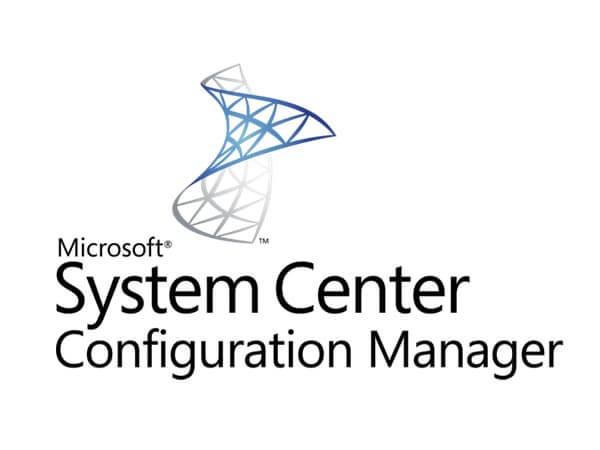Atualização de ramificação atual do SCCM 1810.
Update 1810 adds hierarchy support so Central administration sites and child primary sites can now have an additional site server in passive mode. The site server in passive mode can be on-premises or cloud-based in Azure.
This feature brings the following benefits
- Redundancy and high availability to the site server role.
- You can more easily change the hardware or operating system of the site server.
- You can more easily move your site server to Azure IaaS.
Here are some of the other enhancements that are available in this update:
Get Current/Stay Current
Specify the drive for offline OS image servicing – Now you can specify the drive that Configuration Manager uses when adding software updates to OS images and OS upgrade packages.
Task sequence support for boundary groups – When a device runs a task sequence and needs to acquire content, it now uses boundary group behaviors similar to the Configuration Manager client.
Improvements to driver maintenance – Driver packages now have additional metadata fields for Manufacturer and Model which can be used to tag driver packages for general housekeeping.
Phased deployment of software updates – You can now create phased deployments for software updates. Phased deployments allow you to orchestrate a coordinated, sequenced rollout of software based on customizable criteria and groups.
Management insights dashboard – The Management Insights node now includes a graphical dashboard. This dashboard displays an overview of the rule states, which makes it easier for you to show your progress.
Management insights rule for peer cache source client version – The Management Insights node has a new rule to identify clients that serve as a peer cache source but haven’t upgraded from a pre-1806 client version.
Improvement to lifecycle dashboard – The product lifecycle dashboard now includes information for System Center 2012 Configuration Manager and later.
Cloud Powered
Windows Autopilot for existing devices task sequence template– This new native Configuration Manager task sequence allows you to reimage and re-provision an existing Windows 7 device into an AAD joined, co-managed Windows 10 using Windows Autopilot user-driven mode.
Improvements to co-management dashboard – The co-management dashboard is enhanced with more detailed information about enrollment status.
Required app compliance policy for co-managed devices – You can now define compliance policy rules in Configuration Manager for required applications. This app assessment is part of the overall compliance state sent to Microsoft Intune for co-managed devices.
SMS Provider API – The SMS Provider now provides read-only API interoperability access to WMI over HTTPS.
Simplification
Site system on Windows cluster node – The Configuration Manager setup process no longer blocks installation of the site server role on a computer with the Windows role for Failover Clustering. With this change, you can create a highly available site with fewer servers by using SQL Always On and a site server in passive mode.
Configuration Manager administrator authentication – You can now specify the minimum authentication level for administrators to access Configuration Manager sites.
Improvements to CMPivot – CMPivot now allows you to save your favorite queries and create collections from the query summary tab. Over 100 new queryable entities added, including for extended hardware inventory properties. Additional improvements to performance.
New client notification action to wake up device – You can now wake up clients from the Configuration Manager console, even if the client isn’t on the same subnet as the site server.
New boundary group options – Boundary groups now include two new settings to give you more control over content distribution in your environment.
Improvements to collection evaluation – There are two changes to collection evaluation scheduling behavior that can improve site performance.
Approve application requests via email – you can now configure email notifications for application approval requests.
Repair applications – You can now specify a repair command line for Windows Installer and Script Installer deployment types.
Convert applications to MSIX – Now you can convert your existing Windows Installer (.msi) applications to the MSIX format.
Improvement to data warehouse – You can now synchronize more tables from the site database to the data warehouse.
Support Center – Use Support Center for client troubleshooting, real-time log viewing, or capturing the state of a Configuration Manager client computer for later analysis. Find the Support Center installer on the site server in the cd.latest\SMSSETUP\Tools\SupportCenter pasta.
Observação: As the update is rolled out globally in the coming weeks, it will be automatically downloaded, and you will be notified when it is ready to install from the “Updates and Servicing” node in your Configuration Manager console. If you can’t wait to try these new features, this PowerShell script can be used to ensure that you are in the first wave of customers getting the update. By running this script, you will see the update available in your console right away.




















